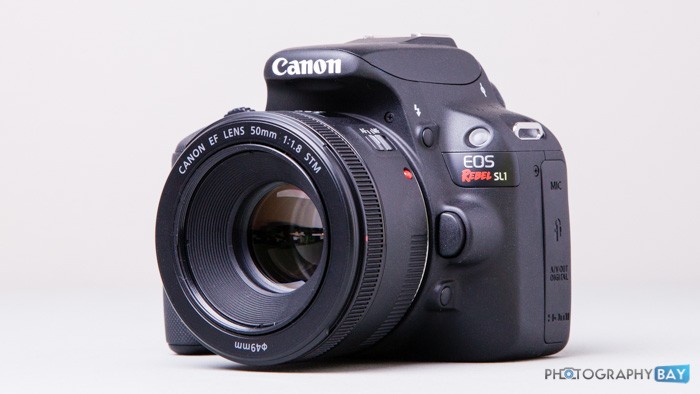
Professional portrait photographers tend to gravitate toward the high-end portrait lenses, such as the Canon EF 85mm f/1.2 or the Nikon 85mm f/1.4G. If you aren’t satisfied with the performance and features of your kit lens but aren’t ready to drop $1,500 or more on a high-end lens, consider one or more of the following mid-range DSLR lenses for your portrait photography.
Canon EF 85mm f/1.8
Many professional photographers are partial to the 85mm focal length for portrait photography, particularly for full-frame DSLR bodies. If you’ve ever shot at this focal length, it’s not hard to see why. It allows you to stand a comfortable distance from your subject and capture sharp detail with a blurred background.
The Canon 85mm f/1.8 offers solid build quality and a very fast and nearly silent autofocus system. With internal autofocusing, the barrel doesn’t have to extend during short-range focusing. The diaphragm features eight blades to create smooth bokeh for creamy backgrounds. The lens offers sharpness and contrast through the range of apertures. The sustained image quality through your images, right to the edges, even with finer detail, will blow you away.
Nikon AF-S 85mm f/1.8
The Nikon AF-S 85mm f/1.8 is very similar to the Canon EF 85mm f/1.8 with nine optical elements, ring-type ultrasonic autofocus, and full internal focusing. The seven-blade diaphragm provides creamy bokeh, and sharpness and contrast are impressive at apertures ranging from f/2.8 to f/16. Color fringing and distortion are minimal to non-existent. Canon and Nikon users alike will be very satisfied with the 85mm f/1.8 lens offerings from their respective manufacturers.
Sigma 50mm f/1.4 EX DG HSM
The Sigma 50mm f/1.4 is heavier and bulkier than its Canon and Nikon counterparts. However, the weight isn’t uncomfortable, and the build quality is solid. The autofocus system rivals the competing Canon and Nikon 85mm lenses. The inner lens barrel extends at shorter focal distances, and the full-time manual focus override is smooth. You’ll produce the same level of well-rounded aperture and creamy bokeh that you do with the Canon and Nikon 85mm lenses. The sharpness is noticeably poorer right around f/2.8 but is consistent through the rest of the aperture range. Pincushion distortion is a little higher than competing 50mm prime lenses.
Please note: The Sigma 50mm f/1.4 EX DG HSM is priced under $500. The Sigma 50mm f/1.4 ART DG HSM is priced significantly above $500.
Canon EF 50mm f/1.8
The Canon EF 50mm f/1.8 is the single most affordable portrait lens on the market. It consistently scores near 5-star ratings on all of the major photography retail sites, including Amazon and B&H. If you want more versatility in a prime than 85mm offers, 50mm is an excellent choice. You’ll still be able to shoot portraits at a comfortable distance from your subjects, but you’ll find a wealth of other applications for the lens as well. The 50mm f/1.8 doesn’t offer the tack sharp details or smooth bokeh of the other lenses on this list. However, with a little practice, it has the potential to produce fantastic portraits. Some people even prefer the aesthetic of the slightly chunkier bokeh, particularly in low-light settings. If you’re on a strict budget, the Canon EF 50mm f/1.8 is a great starter portrait lens.
If you’re unsure which portrait lens is right for you, consider renting before buying. Renting is a great way to try a lens for a fraction of the price of buying. You’ll get a feel for the equipment without spending a few hundred dollars.
Save
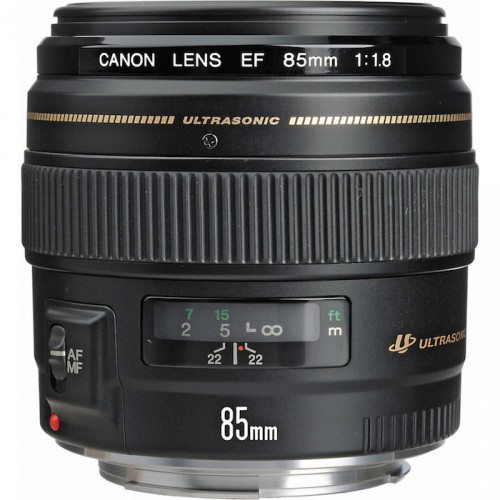
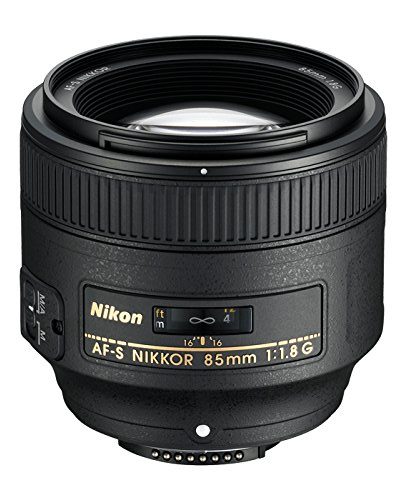
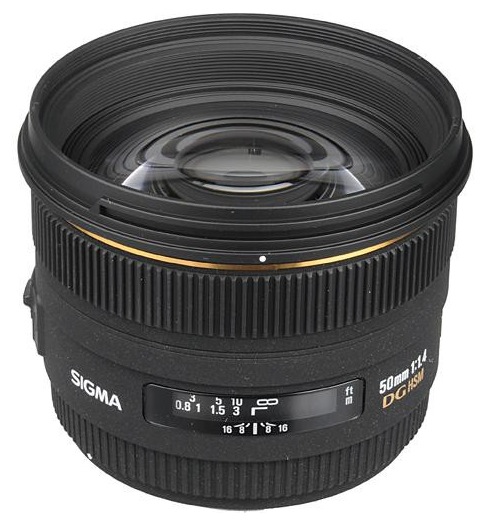
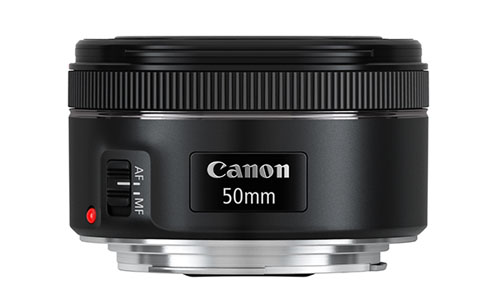


For those really looking for a budget option to get started, the Yongnuo YN 50mm clones are affordable options with fairly positive reviews:
https://www.bhphotovideo.com/c/product/1111454-REG/yongnuo_yn50mm_50mm_ef_for_1_8.html
https://www.bhphotovideo.com/c/product/1267133-REG/yongnuo_yn50mm_1_8_n_yn_50mm_f_1_8_lens.html
For sure! Thanks for sharing!
Okay, so I do not use Nikon or Canon. Any suggestions for the SONY DSLR gang?
Bill, the Sigma lens is a great option for Sony users.
The image of the Nikkor lens above, is an 85mm f1.4G, not an f1.8 lens. With a difference of about $1000.00, I wish they would make that same mistake in the store!
You are absolutely right. So sorry! I did not add the images myself, but I got the post updated with the correct image.
In my opinion the Minolta AF 85mm f/1.4
was and is perhaps the closest contender
to the Winning post. Excellent glass, precision engineering and a capacity to produce outstanding results make it a winner. Having used one during my film photography days and getting outstanding results, I make this statement…..
Thanks for sharing! So many film lenses are fantastic and can still be used to produce stellar images today.